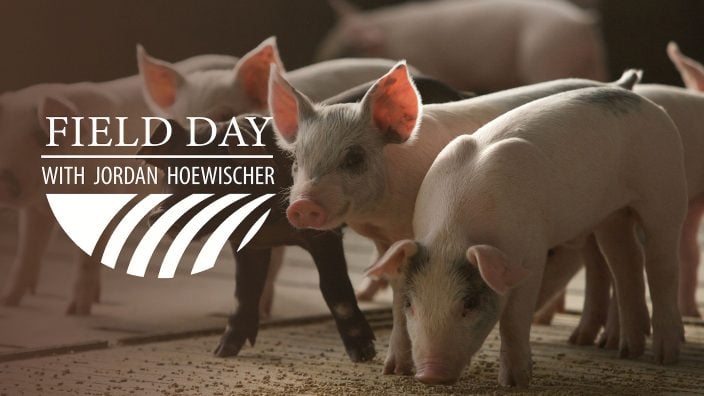Applications for Ohio Farm Bureau Health Plans now available
Members have three ways to apply: contacting a certified agent, calling 833-468-4280 or visiting ohiofarmbureauhealthplans.org.
Read MoreAfrican swine fever has been sweeping through various pockets of the world, threatening the pork market. While this disease has been around for many years, it’s only been in the last year that concern has ramped up about this highly contagious disease. Ohio Farm Bureau Director of Water Quality and Research Jordan Hoewischer discusses why this is the case during a recent Field Day podcast with insight from Dr. Paul Sundberg, executive director of the Swine Health Information Center, and Dr. Liz Wagstrom, chief veterinarian at the National Pork Producers Council.
What is African swine fever?
It’s a highly contagious viral disease with a high mortality rate and affects both domestic and wild pigs. Multiple strains exist with some more virulent than others.
Is it in the United States?
No. It’s been found in Africa, Eastern Europe, Southeast Asia and China where it infected the largest pig herd in the world. China has more than half the world’s pork production and markets 500-600 million pigs per year compared to 120 million in the United States.
Is the disease a threat to human health?
No. It can’t be transmitted from pigs to humans and is not a food safety issue.
Is there a cure?
No. Currently there is no treatment or vaccine available. The only way to stop the disease is to depopulate affected herds.
What are the symptoms?
The disease causes hemorrhaging throughout the organs, and symptoms include fever, discolored skin that is purplish in color, weakness, diarrhea and vomiting and coughing or difficulty breathing.
What is being done to prevent it from infecting U.S. herds?
The Swine Health Information Center has been collaborating with swine veterinary diagnostic labs across the United States to report endemic diseases and keep an eye out for possible cases. The center also has increased education efforts about African swine fever to pork producers and veterinarians.
More intense border protection measures have been put in place with a proposal to add 600 more agricultural inspectors. Additionally, some states have joined forces on developing a response protocol if African swine fever is found there.
Learn more about African swine fever and other emerging issues in agriculture by subscribing to the Field Day with Jordan Hoewischer podcasts.

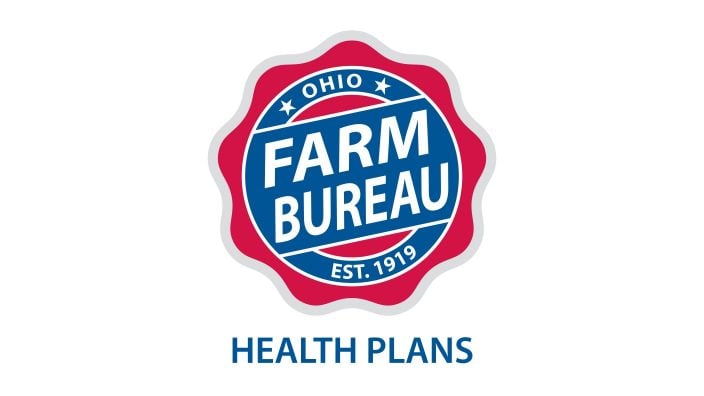
Members have three ways to apply: contacting a certified agent, calling 833-468-4280 or visiting ohiofarmbureauhealthplans.org.
Read More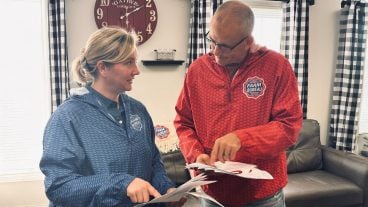
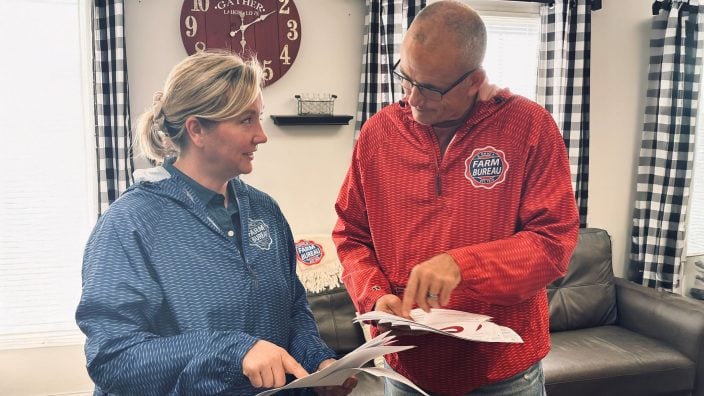
One of the best decisions Shannon and Heather Utter made a few years ago was looking into a Farm Bureau member benefit that has ended up saving them thousands of dollars on their energy bills.
Read More

Ryan Hiser has experienced first-hand the importance of having the opportunity to vote on issues that will affect his family operation and other farmers.
Read More

Bill Patterson, Cy Prettyman and Adele Flynn will continue to serve as officers for Ohio Farm Bureau Federation.
Read More

Delegates discussed many topics impacting agriculture including farmland preservation, local foods, and succession planning.
Read More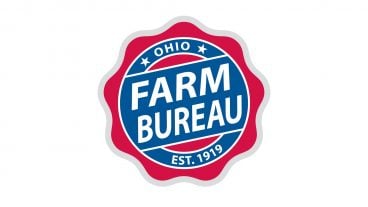
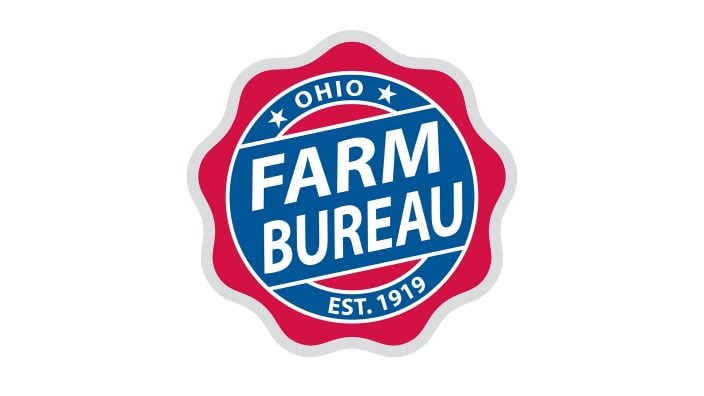
Twenty-six farmers govern the state’s largest farm and food organization.
Read More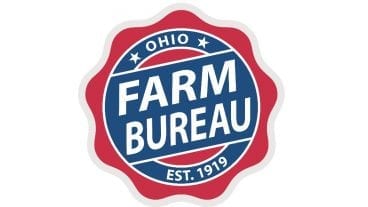
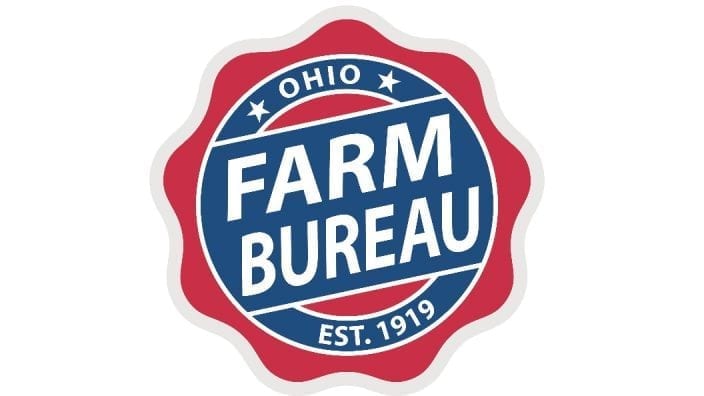
The 2025 recipients are Fred Cooke (posthumous) of Richland County, Marvin Dietsch of Williams County, Steven Knollman of Hamilton County and Michele Miller (posthumous) of Ottawa County.
Read More

Nathan and Jill Parriman grow seasonal crops, including Christmas trees, pumpkins and cut flowers, providing U-cut experiences that invite customers to engage directly with agriculture.
Read More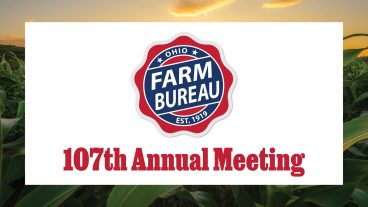
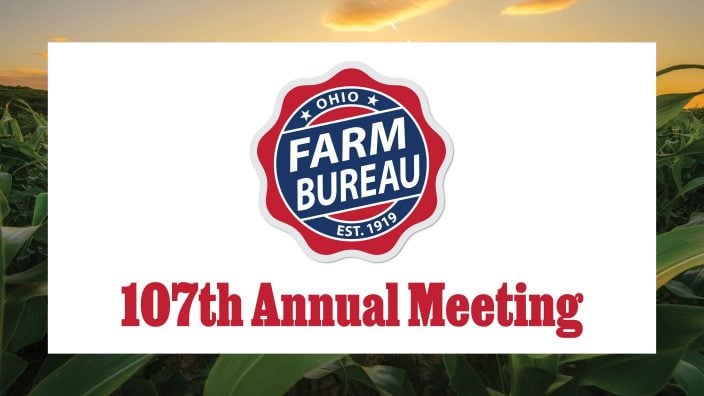
The 2025 Distinguished Service Award recipients are Craig Adams, Mike Townsley, and Kellogg Farms, Kurt Farms and Stateler Family Farms.
Read More

Ohio Farm Bureau Treasurer Adele Flynn participated in the meeting, representing Ohio farmers.
Read More